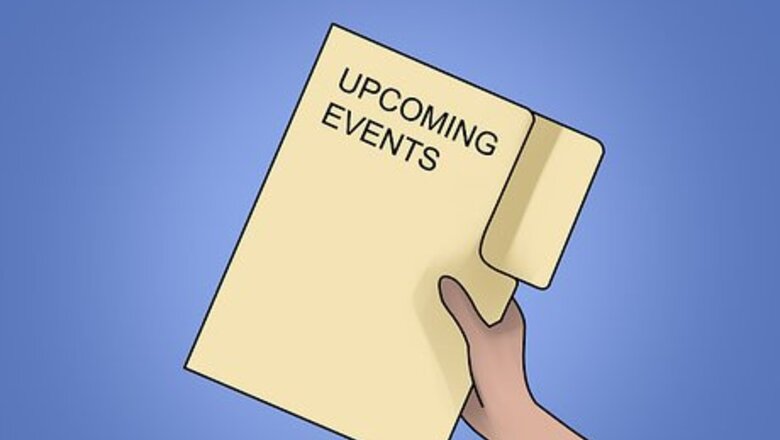
views
Getting a Press Pass for Special Events
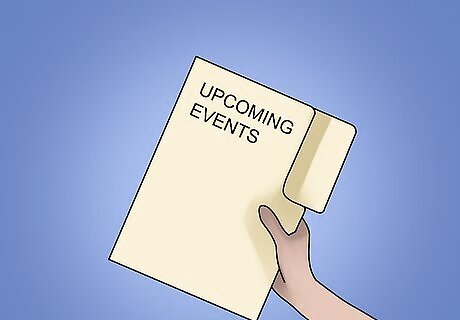
Research the event beforehand. Special events include concerts, sports events, and other ticket holding events. The press pass for these events grants you free entry and sometimes allows you to go backstage to access for further coverage. Usually concerts will have a promoter separate from the venue that is responsible for granting these passes. Research the event and contact the venue for help tracking down who is in charge.
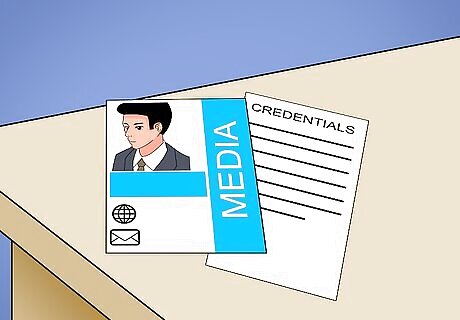
Prepare your credentials. In order to get a press pass you're going to need credentials, or records that prove you work for a media outlet. Use previous articles or coverage that relates to the event you're interested in. It will benefit the promoters to see your style of work and your demographic as it pertains to the event in question. One of the best ways to prove your affiliation with a news source is to make contact using a work email address. On your work email address, make sure to include a signature that says your role for the company. For example: "Gerald Straton / Photographer and Editor for L.A. Underground News" An ID produced by either your newspaper or broadcasting outlet may be helpful as well.
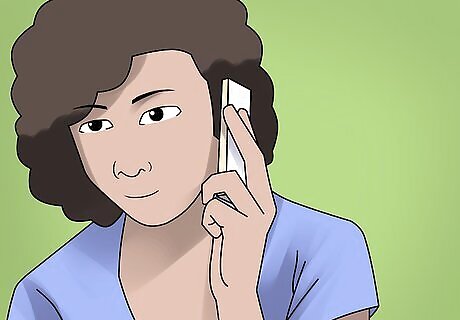
Make contact with the press office. Try to contact them as early as possible. Let them know who you are and who you work for. Often a press office will go by the name, public affairs office, or public relations. You may need to sell them on why they want access to an event, and how you would provide them with positive coverage. You’ll be required to offer information about your publication or blog's followers that will benefit from the coverage. Craft a simple but professional email pitch. You could begin with, “Hello, My name is ________ and I am an avid photojournalist from ________. I am reaching out with an interest in applying for a photo pass for the Switchfoot Fest this coming July.”

Be persistent in getting a press pass. Some pre-planned events will issue badges to certified members of the media. In these situations, the issuing authority can be pretty tough on credentials. Keep pushing that you are there to cover the story. Try to convince them it would be a good idea to give you a badge. Whoever issues the badges at the event will have a record of all the names who get access to the event. You should start applying for press passes as soon as possible!

Get the badge and keep it. Some photographers keep all the little press badges they get for several reasons. Badges act as trophies for the journalist, and serve as a visual indication that you’re an experienced journalist. You may find that you can get preferential access to major events by using an old badge alone.
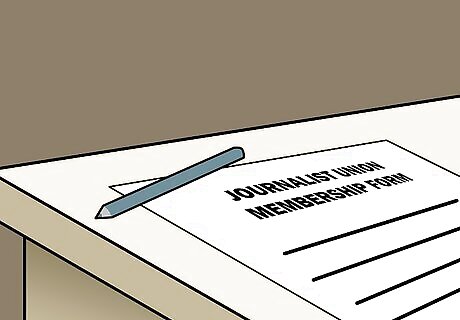
Join a journalist union. You can become a member of a journalist union that protects and helps freelance photographers and writers cover events. Some of the unions require a fee from you and benefit you with paying jobs and less hassle acquiring press passes. The application process is straightforward with most writing unions. They ask that you provide samples and writing proof.
Obtaining a Government Issued Press Pass
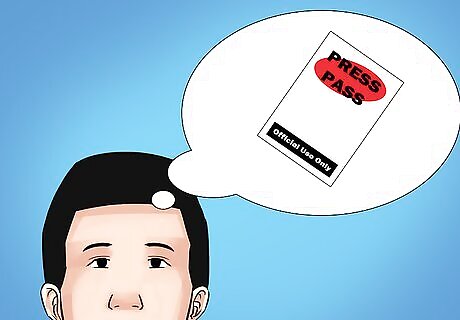
Make sure you need a government press pass. You only need a government press pass if you are covering stories dealing with crime scenes, exclusive press conferences, or another type of non emergency event with police barriers. Government issued press passes are typically reserved for officials in the media. These types of press passes vary in access and eligibility from state to state. If you’re eligible for a press pass working for your blog in Kansas, things might be different in Chicago. Government press passes expire after an allotted amount of time. Check with your local agency once obtaining one. You can interview members of the government or police without a press pass.
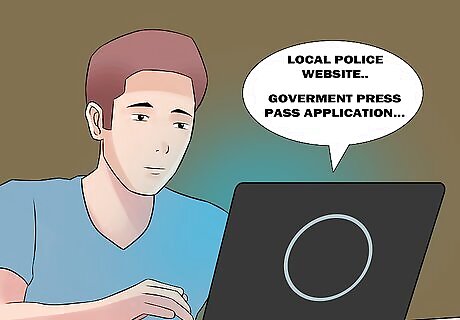
File for a government press pass. Do a quick search online to find out if your local city or town issues press passes. Some smaller towns don’t have an office responsible for issuing out press passes. The passes are typically associated with your local police department. Only new agencies covering crime investigation or government press conferences need to do this. New York, for example, requires you to submit one or more articles or commentaries that’s been published in a 24 month time period. You also need to prove that you’ve covered six or more in person stories. Most applications can be completed through the police’s website.
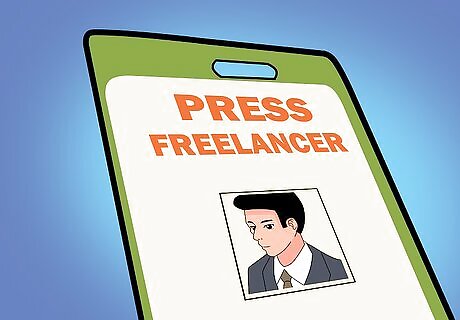
Apply for a pass for freelancers. If you are a freelance news correspondent working for multiple agencies, you can still get a government pass. Write to your contacts at the separate news sources asking for proof of your employment. Some cities require three separate letters of identification. Other city agencies will only hand out government passes to reporters employed by an official news source. Your reference letters should include verification of completed assignments from a media outlet. Every city’s police department has different rules for freelance reporters.
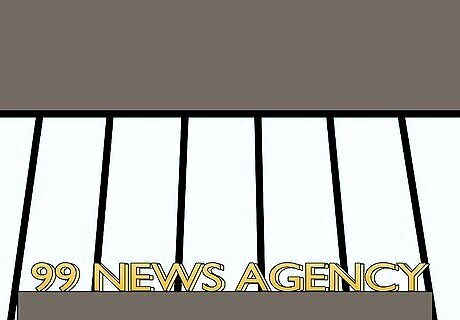
Get the pass from your news agency. Many cities won’t accept applications and will only issue press passes through official news agencies. If you begin working for a news outlet, you should discuss government press passes to your superiors. You might learn that you’ll receive one if you are assigned a story requiring one. Your agency will only give these out if they pursue events that require government passes.
Creating a Press Pass
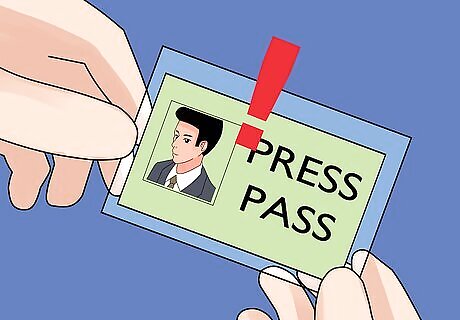
Understand homemade press identification cards. Many photojournalist and reporters create their own press pass using Photoshop or other photo editing software. For several events, you are issued an official press pass. However, you sometimes need further information. This is why many in the journalism field create a photo ID indicating their role. These IDs do not guarantee you access to the Paul Simon show or an interview with Seth Curry. These are for further establishing your credibility in the field.

Get the supplies. The most common way to portray a press ID is with a lanyard ID holder. You can purchase lanyard ID holders from most office supplies stores. You’ll also need a high gloss paper to print your graphic onto. It is best to have access to a photo editing software like Photoshop on a decent computer. If you don’t have a good photo of yourself, you’ll need someone to help you take a high quality photo.
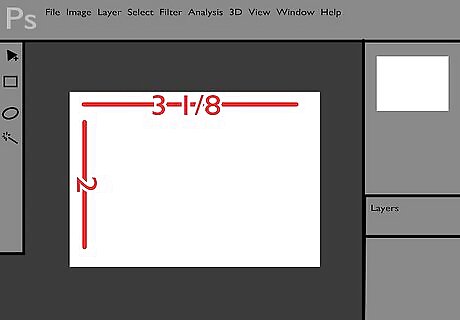
Create the ID on the computer. Open Photoshop or another photo editing software on your computer. Create the document to the size of 3-⅛” x 2,” which is the normal size of badges. Decide if you want to create your badge in the landscape or horizontal orientation. Insert your photo to the document and crop the picture so it is a clear image of your face only. Next, you should insert minimal text explaining you are “PRESS” and your affiliating organization. Make the “PRESS" or "MEDIA" in red or black text. You could also include if you’re a photographer or a journalist. If your media organization has a logo, insert the logo onto the corner of the ID, or place the faded logo in the background. Keep it simple to make it look as professional as you can.
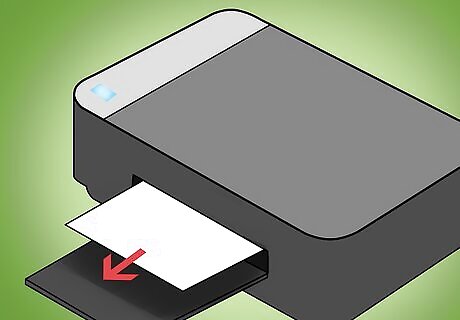
Print off the ID. It is best to print onto thick, high gloss paper. Print off the ID and carefully cut out the badge. Make clean cuts when cutting out the outline of the ID. Print off multiple IDs on the same page, in case you mess one up. Be sure your printer can handle color printing before beginning the process.

Assemble your lanyard. Once you have your final cutout of your ID badge, you are ready to finish everything up. Insert the badge into the lanyard holder. You are now ready to hit the streets with your press badge. You could also include some references of your superiors on the back of the card. Things you could include on the back are phone numbers, addresses, and other information someone might request from you.



















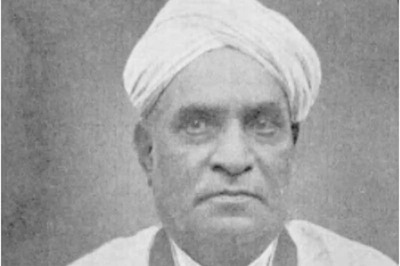
Comments
0 comment